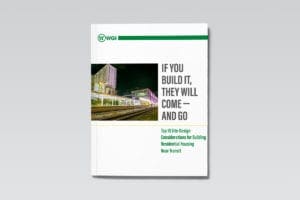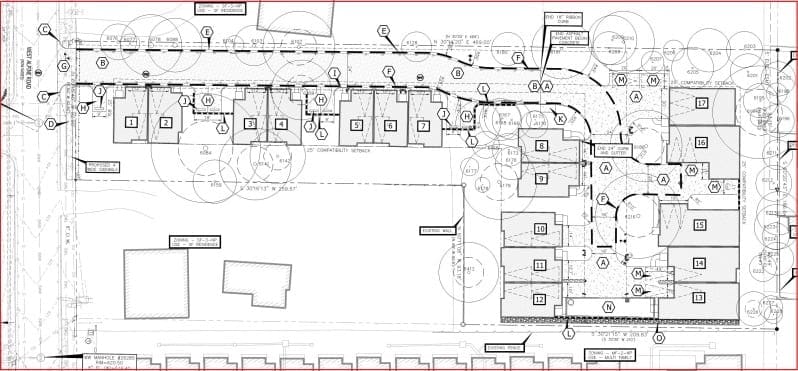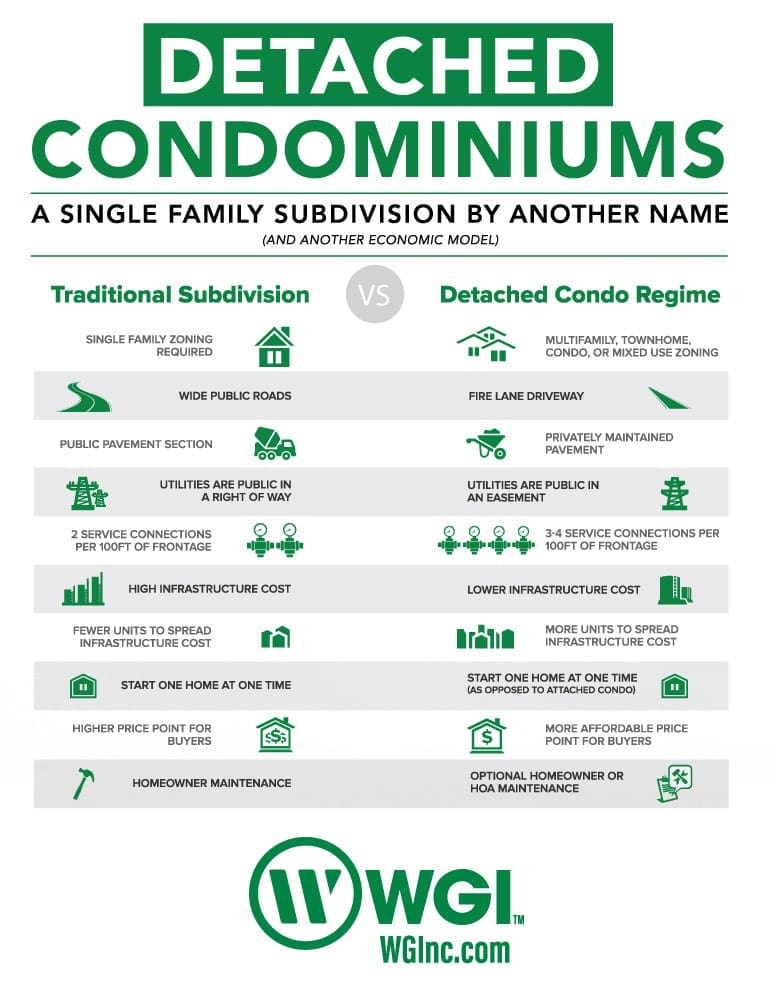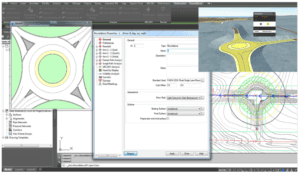
If You Build It, They Will Come — And Go
Don’t let your next TOD project flop. WGI has the top 10 site-design considerations for building residential housing near transit and the expert team to ensure your TOD project is a success!
Learn from award-winning professionals — explore our whitepapers, blogs, and the latest industry updates.
Join our dynamic organization of engineers, land surveyors, landscape architects, environmental scientists, and architects!
Talk to a market leader today! We’ll answer any questions you have about our professional services.

The detached single-family condominium home has become very popular coming out of the recession of 2008-2009. The product type is characterized by a traditional home that sells as a fee-simple condominium. The homes are not attached to any other home, but they’re also not on their own legal lot.
Coming out of the recession, many developers were trying to figure out how to provide for sale product to a buyer that today is severely limited in how they can finance home.
For the developers’ part, they couldn’t do a traditional attached condominium product because they could not get the required pre-sales to finance the construction. If 60% of the units had to be pre-sold, and each buyer of that unit had to have 20% down, you can start to imagine the burden placed on developers of an attached condominium building in 2011 and 2012. It wasn’t going to happen. Even today in 2013, it’s only starting to be considered.
In south Austin, Texas, the Denizen is one of those select few that have been very successful as an attached condominium regime since the recession, and even that project offered some detached units as well.

On the buyer’s side, many people who would be the target market for a new 3 bedroom 2 bathroom home had spent the years between 2008-2011 watching their savings dwindle, while at the same time the lenders started to require 20% down on a mortgage. Well how was the young professional or first time buyer going to come up with $60,000 for his or her new $300,000 home?
The detached single-family condominium offers a solution to that problem. In a traditional subdivision, a developer starts by platting 60’ by 150’ lots and building wide and expensive public streets to offer a traditional $300,000 home. In contrast, a developer that builds detached condominiums can fit homes in 35-ft by 70-ft footprints, and they can be 5 feet apart, and the roads can become privately maintained and operated by the owners association.
So now that exact same 3 bedroom 2 bathroom home can now be sold by condominium regime for $200,000. And the developer can start the project right away, only breaking ground on each individual home as it’s sold or speculatively build with lower risk because it’s not every unit in the project being built speculatively.
Same home size and the same infrastructure at higher density equals lower cost to the buyer and lower risk to the developer. And the result is a condominium subdivision that addresses the realities of today’s market.
WGI is the local expert for detached single-family condominium development projects. We’re currently working on this project type for several developers across several zoning districts and jurisdictions. For more information, please contact us today.

WGI is a national design and professional services firm leading in technology-based solutions for the construction of public infrastructure and real estate development. At WGI, we’re providing Tomorrow’s Infrastructure Solutions Today.

Don’t let your next TOD project flop. WGI has the top 10 site-design considerations for building residential housing near transit and the expert team to ensure your TOD project is a success!

We’re refreshing our brand to reflect the energy, inspiration, and excitement that we feel when we come to work every day.

WGI provided a suite of engineering services for the redevelopment & unification of Lockwood and Dignowity Parks in the heart of San Antonio, TX.

If you’re curious about, or interested in joining the field of civil engineering, make sure you familiarize yourself with these 10 essential software programs.

The TDLR administers the Texas Accessibility Standards (TAS). Learn when your project is required to register for a plan review.

WGI is pleased to welcome five new hires in our San Antonio, Austin, Houston, Dallas, and Jacksonville offices.
You’ve been searching for a place like WGI. We look forward to meeting you soon.
Sign up to receive emails to hear our latest news and achievements in our monthly newsletter.
Enter your zip code, and we’ll personalize your experience with local projects, office locations, team members, and more.
WGI supports its associates with meaningful opportunities for growth, strong benefits and perks, while we work collaboratively with clients and co-consultants to shape and improve communities.






WGI is a dynamic organization with opportunities nationwide for engineers, land surveyors, landscape architects, environmental scientists, and architects.